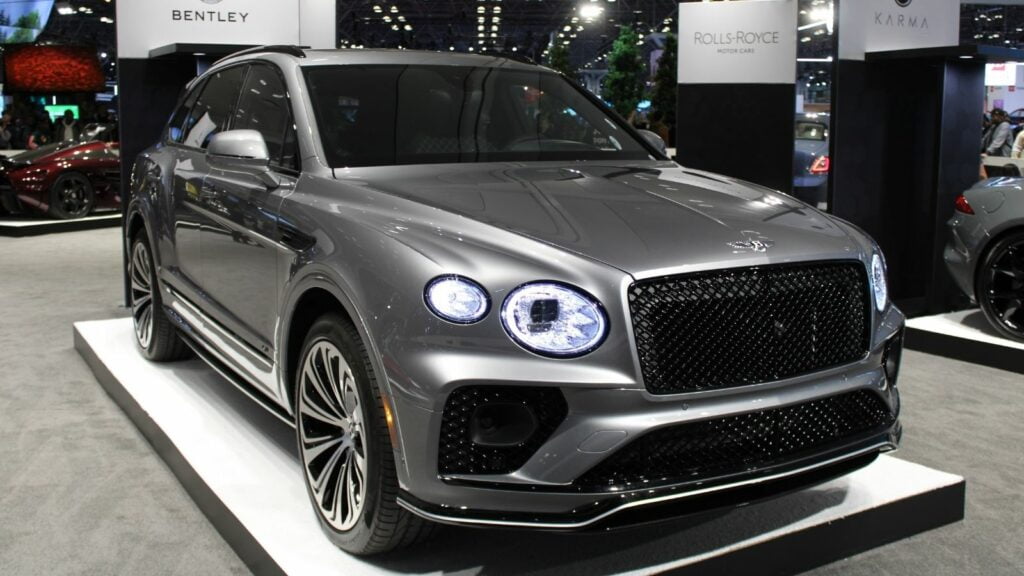Urban design has long been the domain of sleek sedans, tiny hatchbacks, and the occasional stubborn station wagon. Yet, amidst the concrete jungles and bumper-to-bumper traffic, a new king emerged: the SUV. Once seen as lumbering beasts of the countryside, SUVs have undergone a city-slicker makeover, becoming the ultimate urban chameleons. These versatile vehicles now dominate the streets, offering a blend of practicality, style, and an all-important elevated view over mere mortal drivers. From groundbreaking design to innovative technology, these 12 SUVs didn’t just join the game—they changed the rules.
Range Rover Evoque (2011)
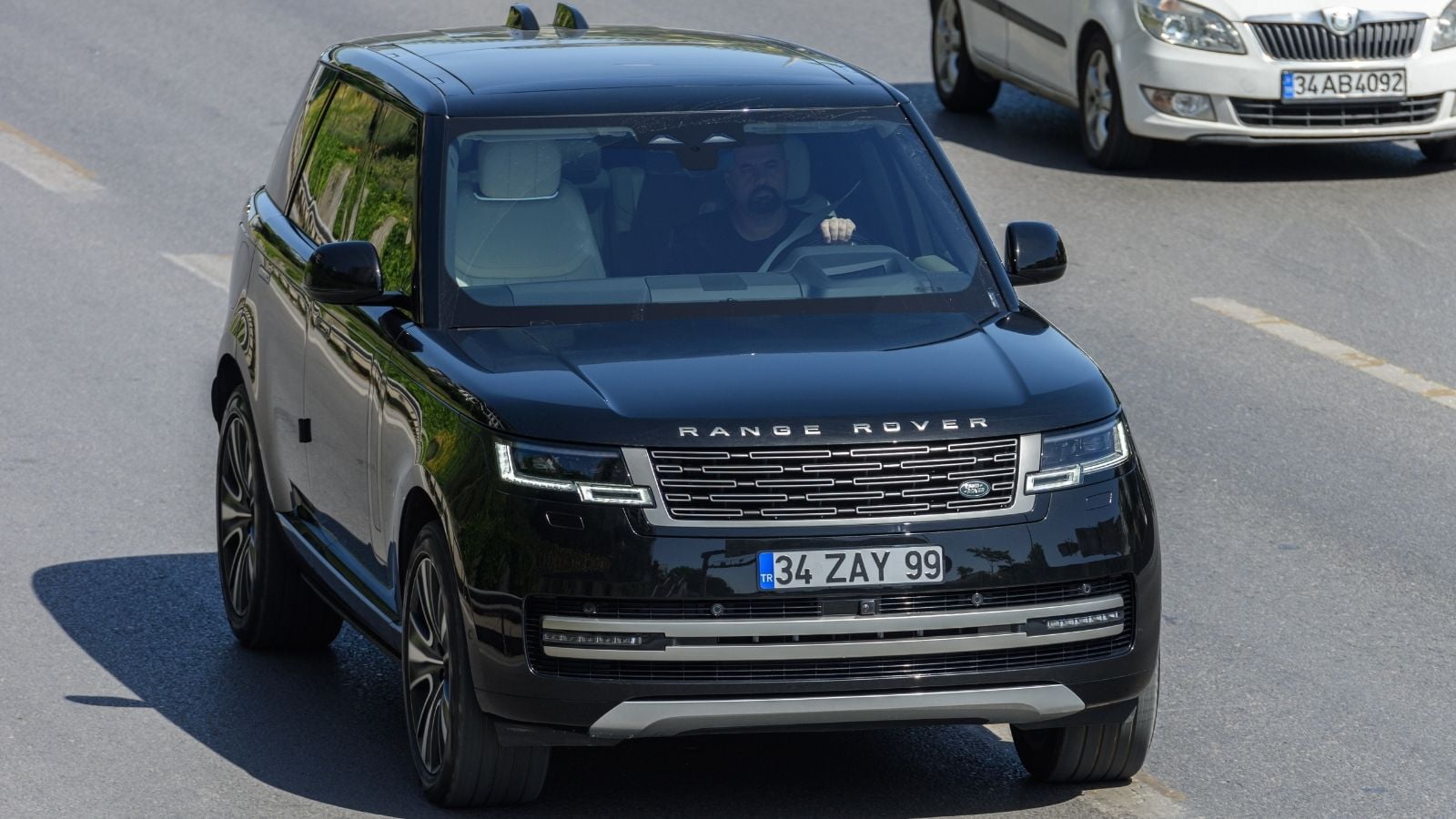
The Range Rover Evoque hit the streets like a designer handbag with wheels. It was compact, stylish, and outrageously luxurious for its size. Urbanites loved it because it didn’t scream, “I’m off to conquer a mountain”—instead, it whispered, “I could, but I’ve got dinner reservations.” The Evoque brought a chic aesthetic to the SUV segment, with its sloping roofline and posh interior, proving that you could have rugged capability without sacrificing style. It was the first SUV that made city dwellers seriously consider trading in their sports cars for something with a bit more height.
Jeep Cherokee XJ (1984)

Long before SUVs were cool, the Jeep Cherokee XJ laid the blueprint for what they could be. It was the first SUV with unibody construction, making it lighter and more maneuverable—two things you desperately need when navigating a maze of narrow city streets. The Cherokee’s boxy design might not have been the stuff of dreams, but its practicality was undeniable. It was rugged, reliable, and had the off-road capability that Jeep was famous for, all while being perfectly home in urban environments. The XJ proved that SUVs could be both rugged and refined, setting the stage for every urban SUV that followed.
Toyota RAV4 (1994)
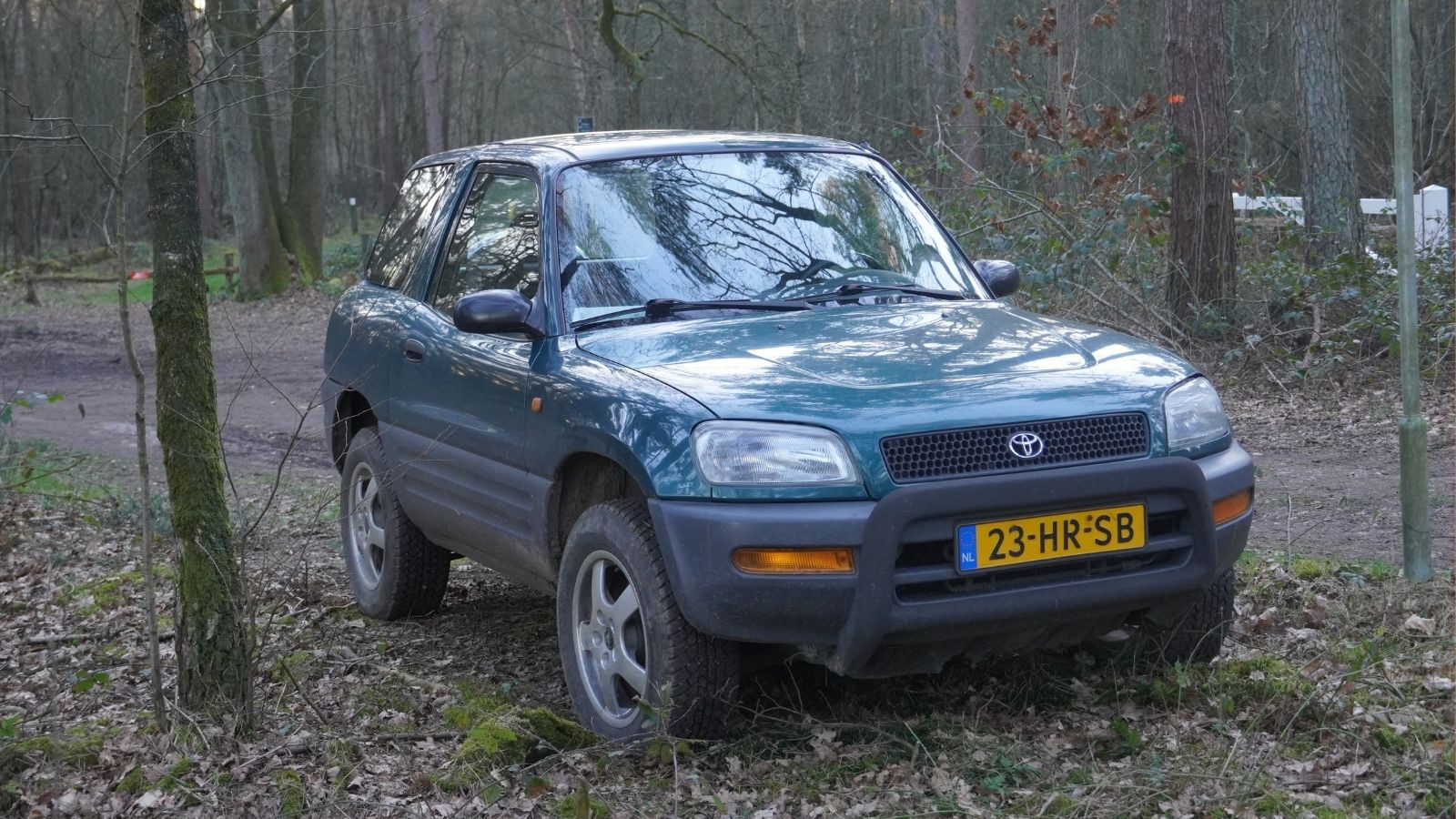
The Toyota RAV4 was like that friend who shows up to a party with a six-pack and a board game—fun, practical, and low-maintenance. It was one of the first compact SUVs perfectly designed for city life. With the RAV4, Toyota combined the versatility of an SUV with the fuel efficiency and handling of a compact car. It was the first SUV that genuinely felt like it belonged in the city, and its success helped spawn an entire segment of crossovers. Toyota proved that you didn’t need a massive engine or a gigantic frame to have an SUV; sometimes, good things come in small packages.
Honda CR-V (1997)
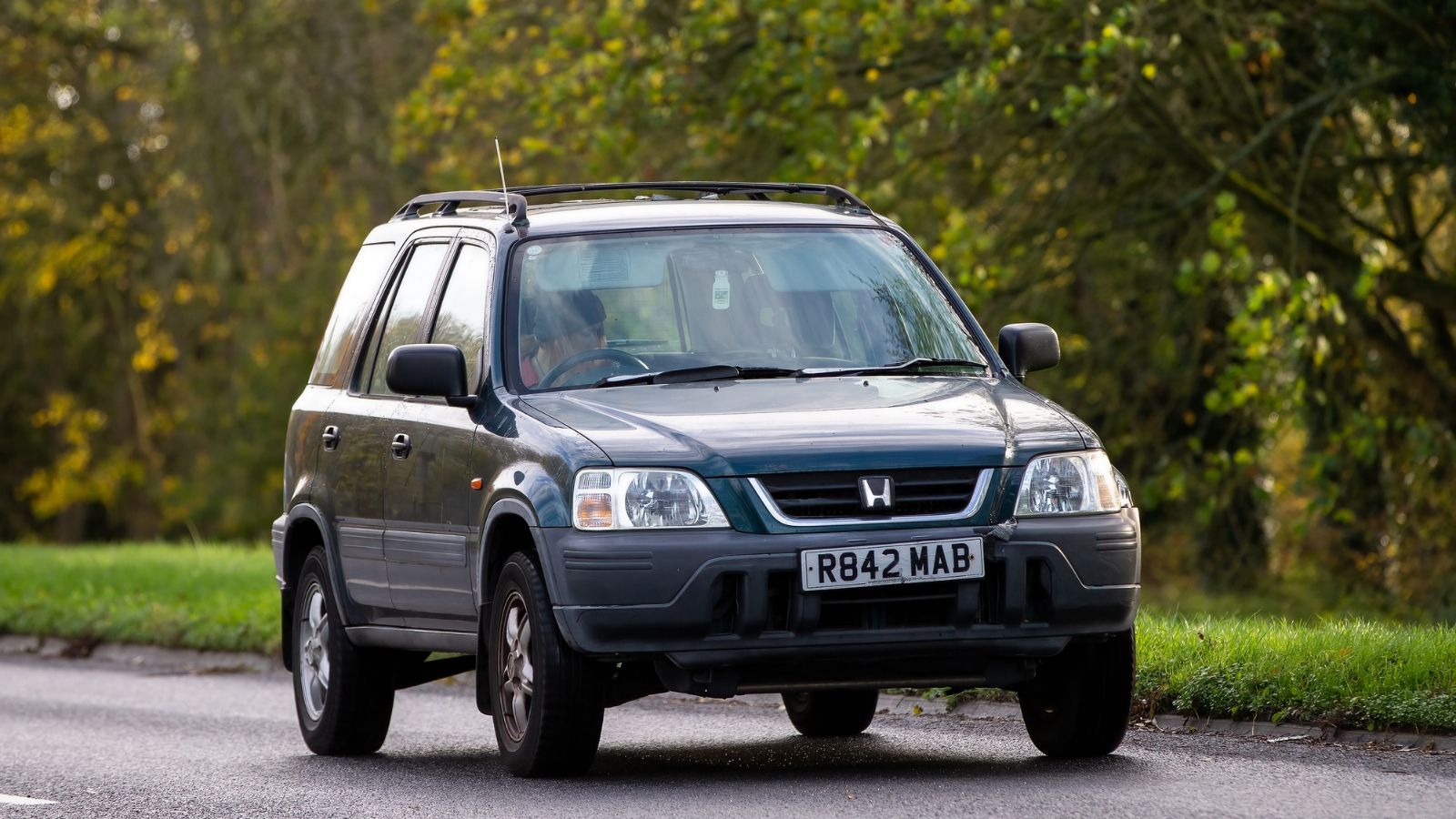
If the Toyota RAV4 opened the door for urban SUVs, the Honda CR-V held it wide open and invited everyone in. The CR-V brought practicality to the forefront with a spacious interior, excellent fuel efficiency, and a ride that felt more like a sedan than an SUV. The SUV was built on a car platform—the Civic’s—using a unit body, a four-wheel independent suspension, and a particularly long wheelbase of 103.2 inches, so it quickly became a favorite among city dwellers. The CR-V also introduced the concept of a “soft-roader”—an SUV that was more comfortable in a parking garage than on a muddy trail. Honda’s approach to blending car-like comfort with SUV versatility made the CR-V a game-changer.
BMW X5 (1999)
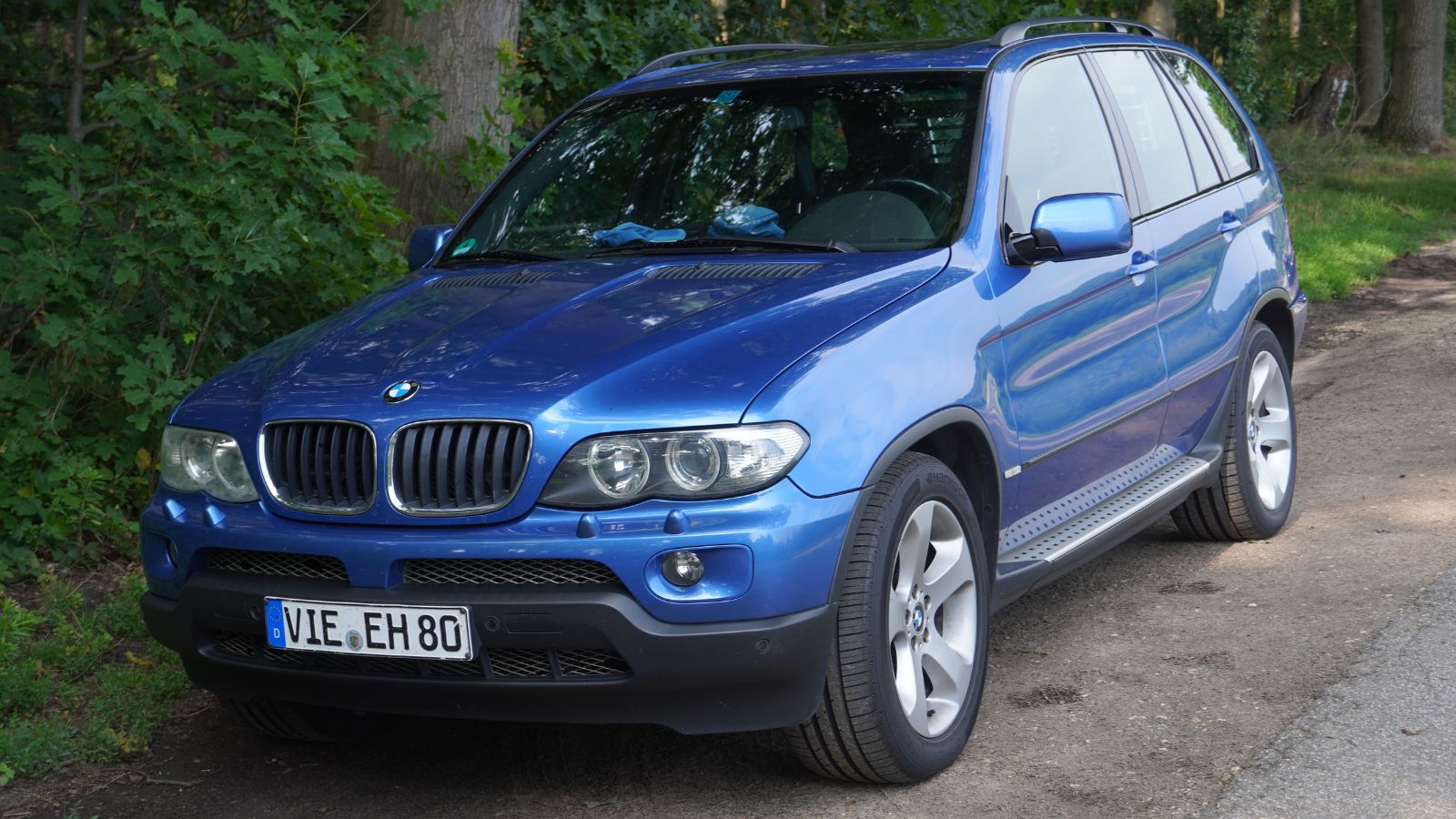
The BMW X5 was the SUV that dared to dream of a life beyond suburban soccer fields. The X5’s design was a departure from the typical boxy SUV aesthetic, incorporating BMW’s signature styling cues, such as the kidney grille and a sleek, aerodynamic body. It combined luxury with performance, featuring a unibody construction for better handling, a fully independent suspension, and optional all-wheel drive, making it a versatile choice for both city driving and off-road adventures. Its introduction marked the birth of the luxury SUV segment, and suddenly, everyone wanted an SUV that felt as good on the freeway as it did off the beaten path. The X5 was more than just a luxury vehicle—it was a status symbol.
Nissan Juke (2010)
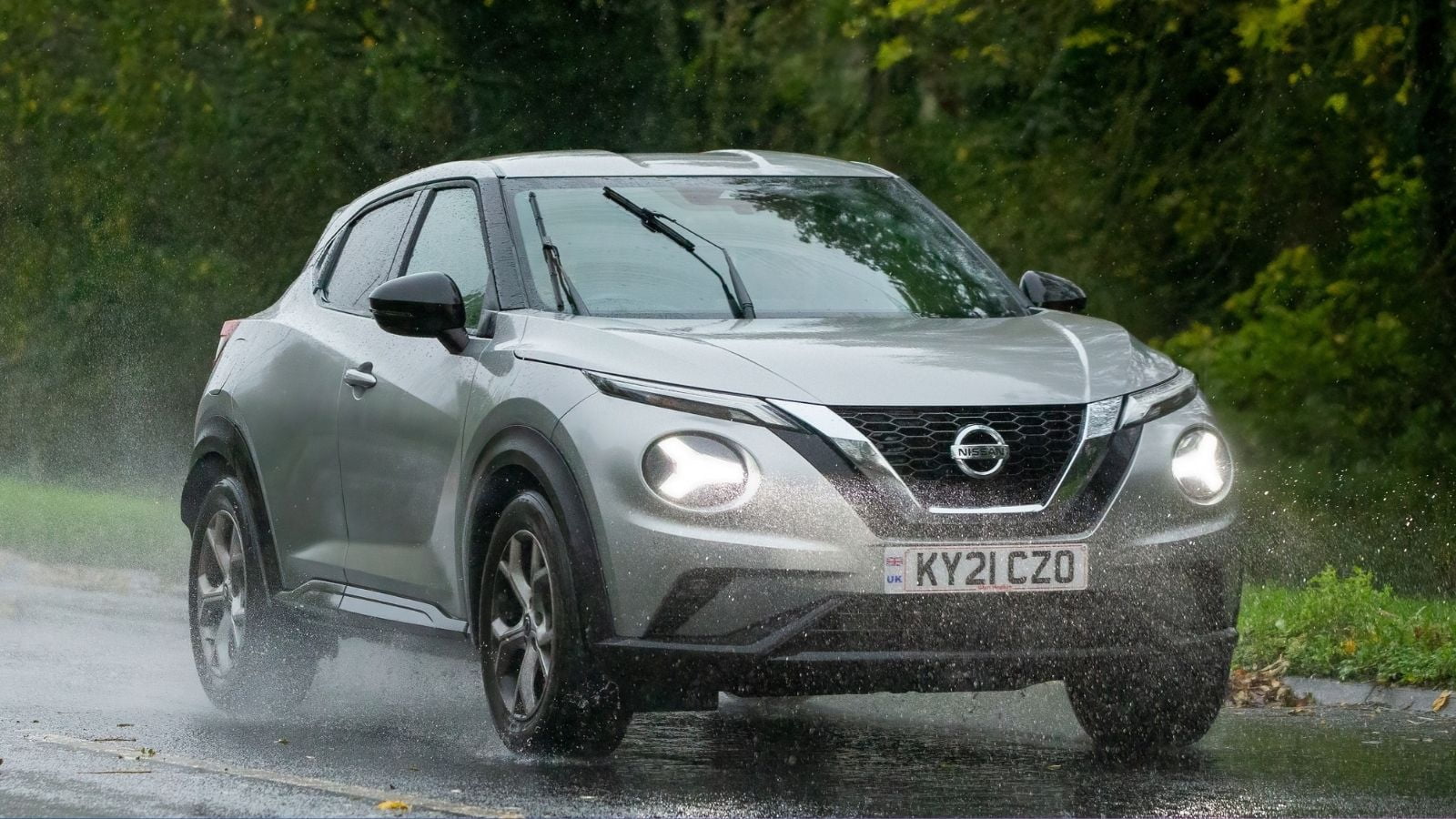
The Nissan Juke looked like the SUV that fell out of a sci-fi movie and landed on city streets. Its design was polarizing—people either loved it or hated it—but there was no denying that it made a statement. The car’s profile was dominated by its prominent wheel arches and the body’s high waistline, which contrasted with the slim side windows, a modern interpretation of “coke bottle styling” popular during the 1960s and 1970s. It was small, sporty, and fun, targeting a younger demographic not interested in the traditional, boxy SUV. The Juke’s success showed that urban SUVs didn’t have to play it safe; they could be as unique and daring as the city streets they navigated.
Ford Escape (2001)
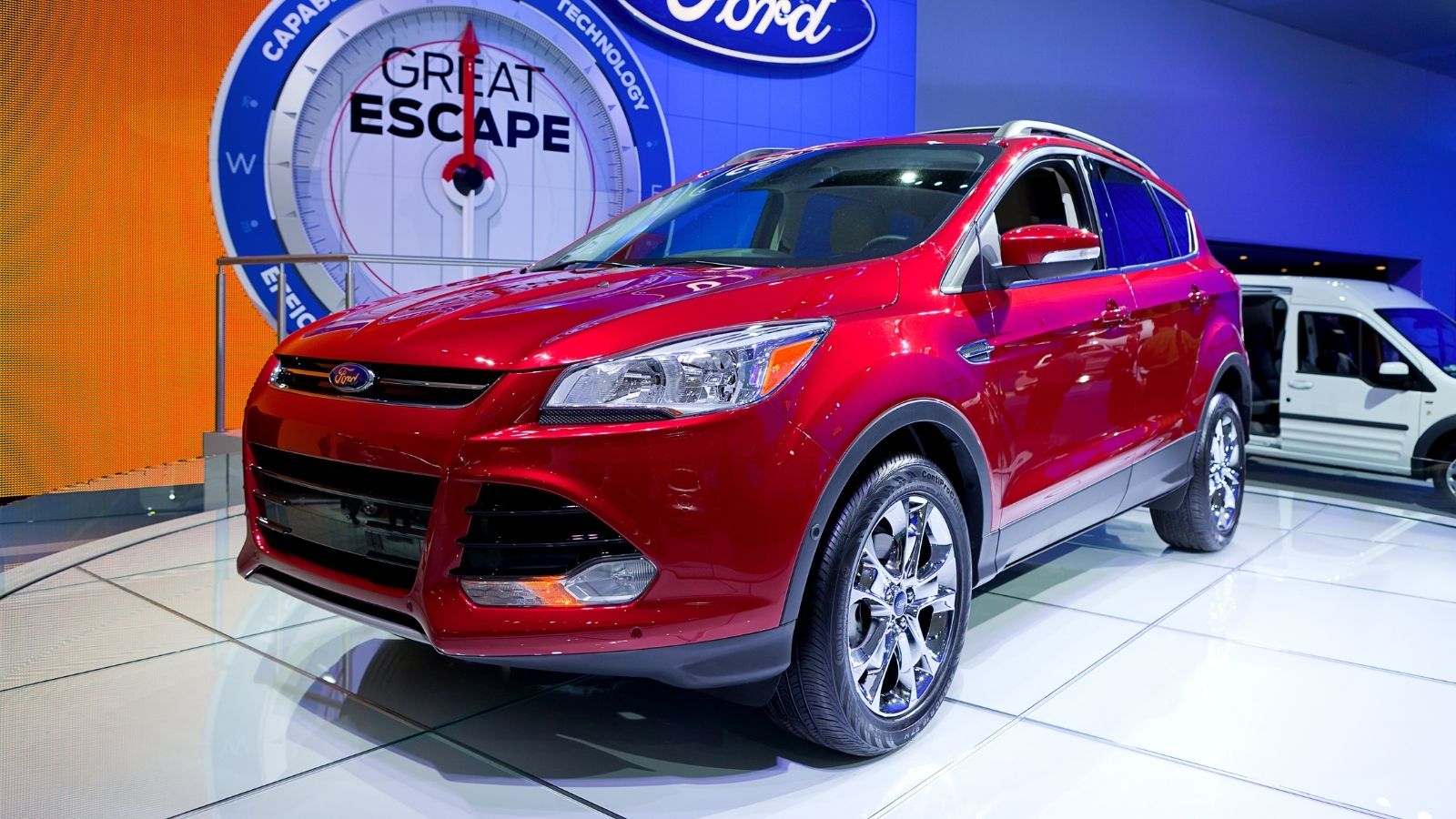
The Ford Escape was the SUV for the everyman. It was practical, affordable, and the right size for city life. The Escape didn’t try to be a luxury or sports car—it was content with being a reliable, all-around performer. The exterior design of the Escape combined ruggedness with urban appeal, featuring a boxy yet aerodynamic shape. Its bold front grille, flanked by large, circular headlights, gave it a strong presence on the road. The vehicle’s design also prioritized functionality, with a rear liftgate that offered easy access to the cargo area, making it ideal for weekend getaways. The side profile was characterized by clean lines and large windows, ensuring good visibility for the driver. It didn’t need to be flashy because it had substance where it counted.
Audi Q7 (2005)
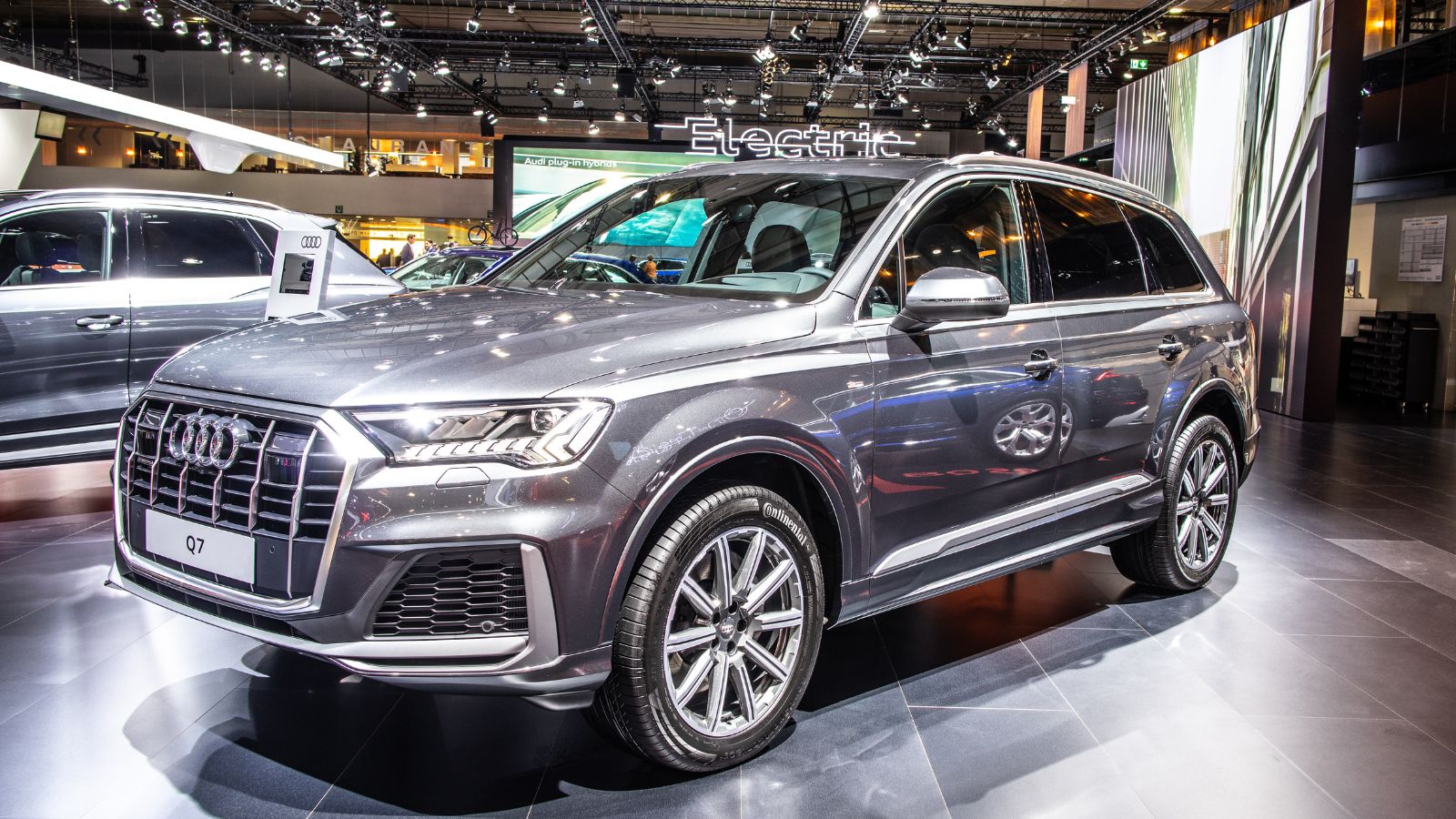
Audi’s Q7 was the SUV that whispered sophistication while turning heads. It wasn’t just an SUV; it was a luxury cocoon on wheels, designed for those who wanted all the space and presence of an SUV without sacrificing an ounce of style. The Q7’s exterior features a distinctive single-frame grille, which became a signature element for Audi, giving the SUV an assertive front-end presence. Its sleek, elongated body emphasizes aerodynamics and adds to its rugged profile. The pronounced wheel arches housed large alloy wheels, enhancing its robust stance, while the sharp, angular headlights with integrated LED daytime running lights contributed to a modern, high-tech look. The Q7 set a new standard for what a luxury SUV could be in the city.
Tesla Model X (2015)
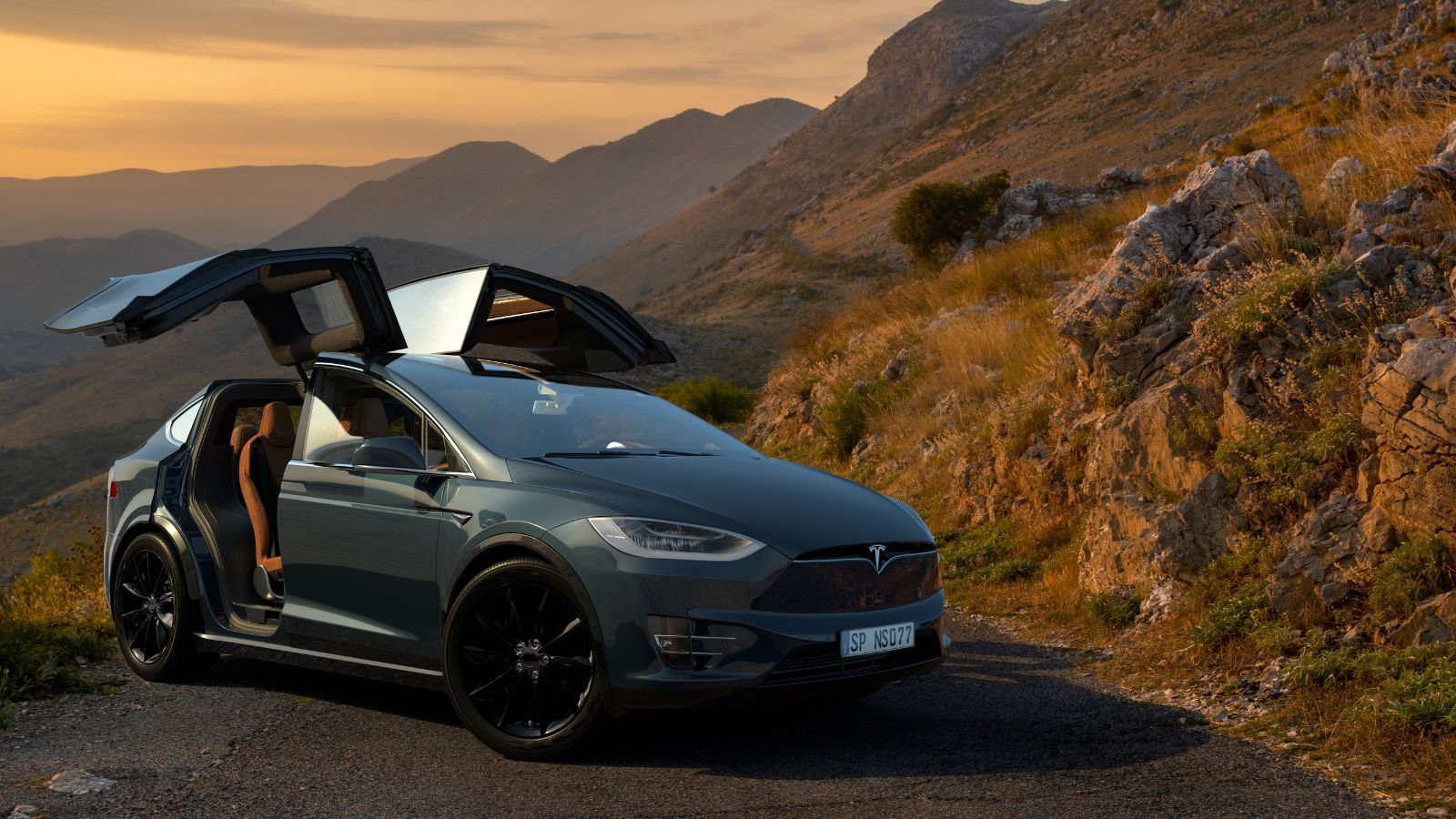
The Tesla Model X was like something straight out of a futuristic TV show. It was the first electric SUV that didn’t just match its gasoline counterparts—it blew them out of the water. The Model X featured double-hinged falcon wing doors that open upwards. The Model X also offered room for seven adults and their luggage in three rows of seating and front and rear trunks. The Model X wasn’t just an SUV; it was a technological marvel, proving that the future of urban transportation could be green without compromising on luxury or performance.
Hyundai Kona (2017)
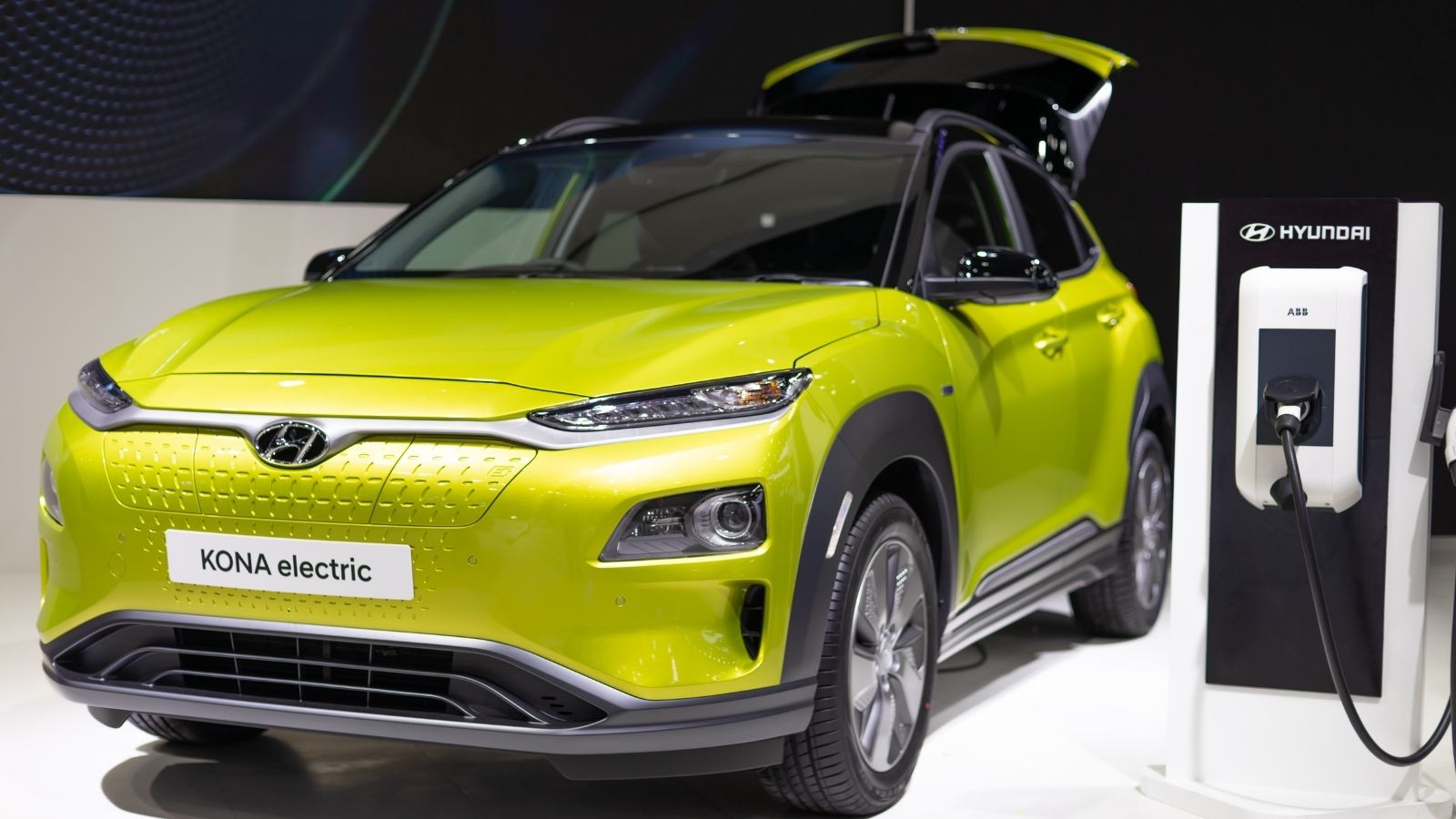
The Hyundai Kona burst onto the scene like a firecracker, bringing a vibrant splash of color and personality to the SUV market. The cladding around the wheel arches and lower body emphasizes its rugged appeal, while contrasting roof colors add a touch of customization. The Kona’s compact dimensions—about 164 inches in length—made it ideal for urban environments, yet it maintained a robust presence on the road. The rear design was equally striking, with slim tail lights and an integrated spoiler, reinforcing its sporty character. It was also available as an electric vehicle, further cementing its place in the hearts of urbanites looking for something eco-friendly and stylish. The Kona proved that you didn’t need to be big to impact the city significantly.
Mazda CX-5 (2012)
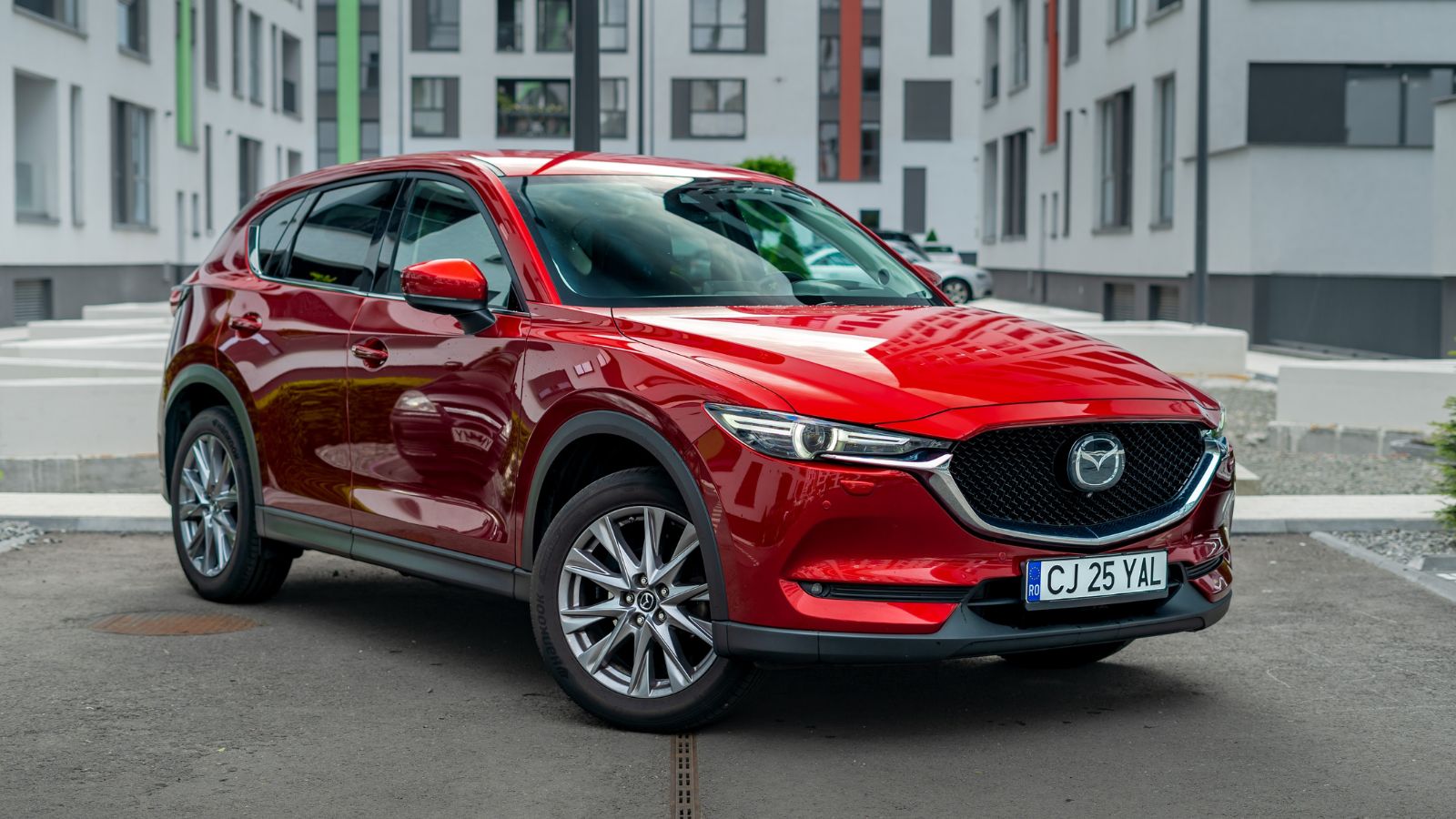
The Mazda CX-5 was the SUV for people who loved to drive. It brought Mazda’s signature “Zoom-Zoom” philosophy to the SUV segment, offering an engaging and fun ride, even in the confines of a city. The CX-5’s sleek design, curvy body, and aggressive front grille made it one of the most stylish SUVs on the road. It was also convenient, with a spacious interior and excellent fuel efficiency. The CX-5 showed that SUVs didn’t have to be boring; they could be just as exciting as a sports car while still offering a utility vehicle’s benefits.
Volvo XC90 (2002)
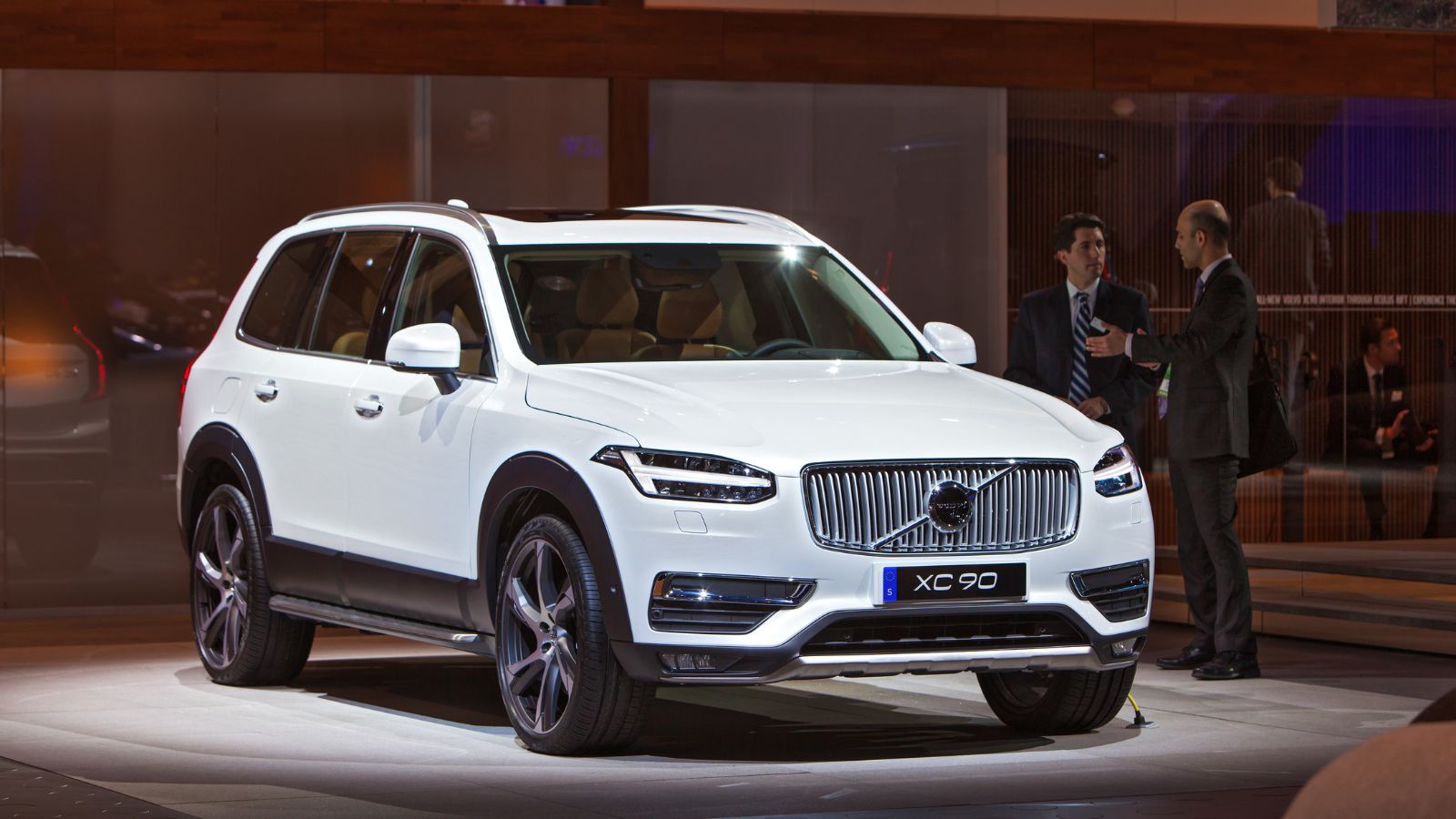
The Volvo XC90 was the SUV that brought safety to the forefront of urban design. Its tall, upright stance provided a commanding road presence, while the large windows and high roofline ensured excellent visibility and a spacious interior. Distinctive features included the signature Volvo grille, flanked by large, expressive headlights that enhanced its road visibility. It also featured rear vertical taillights, a design element that became a hallmark of Volvo’s SUVs. The XC90’s robust body structure was designed with safety in mind, integrating high-strength steel and energy-absorbing crumple zones. This design emphasized durability and contributed to its reputation as one of the safest vehicles in its class.
5 Canadian Provinces Predicted to Thrive in the Next Economic Boom
 To thrive in an economic boom, a region needs good infrastructure, talented people, government policies that support growth and uplift the economy, and a culture of entrepreneurship. Often, the demography can also be a significant indicator of a region’s economy in the next few years. Although reports may vary on which regions will perform the best economically, certain regions come up on every list. Here are 5 Canadian provinces predicted to thrive in the next economic boom:
To thrive in an economic boom, a region needs good infrastructure, talented people, government policies that support growth and uplift the economy, and a culture of entrepreneurship. Often, the demography can also be a significant indicator of a region’s economy in the next few years. Although reports may vary on which regions will perform the best economically, certain regions come up on every list. Here are 5 Canadian provinces predicted to thrive in the next economic boom:
5 Canadian Provinces Predicted to Thrive in the Next Economic Boom
